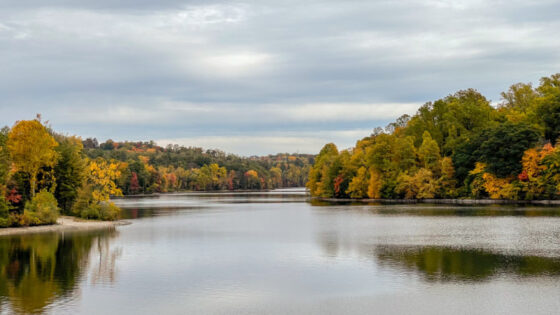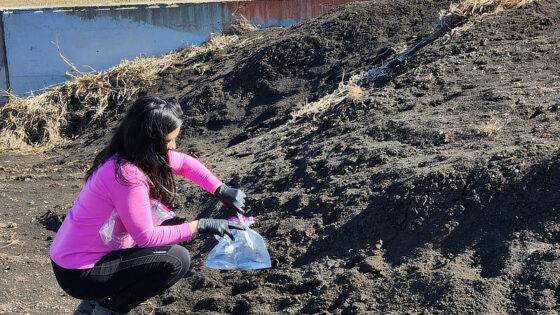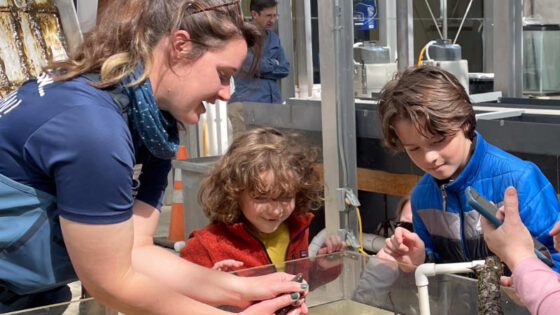Lyttle, A., K. Yoo, C. Hale, A.K. Aufdenkampe, S.D. Sebestyen, K. Resner, and A. Blum. 2015. Ecosystems 18(1):16–29.
Abstract
Exotic earthworms are invading forests in North America where native earthworms have been absent since the last glaciation. These earthworms bioturbate soils and may enhance physical interactions between minerals and organic matter (OM), thus affecting mineral sorption of carbon (C) which may affect C cycling. We quantitatively show how OM-mineral sorption and soil C inventories respond to exotic earthworms along an earthworm invasion chronosequence in a sugar maple forest in northern Minnesota. We hypothesized that mineral surface area in A horizons would increase as burrowing earthworms incorporated clay minerals from the B horizons and that enhanced contacts between OM and minerals would increase the OM sorption on mineral surfaces and mineral-associated C inventories in A horizons. Contrary to our hypotheses, mineral surface areas within A horizons were lowered because earthworm burrows only extended into the silt-rich loess that separated the A and clay-rich B horizons. Furthermore, where endogeic earthworms were present, a smaller fraction of mineral surface area was covered with OM. OM sorption on minerals in the A horizons shifted from a limitation of mineral surface availability to a limitation of OM availability within a decade after the arrival of endogeic earthworms. C-mineral sorption depends on earthworm consumption of OM as well as the composition and vertical distribution of minerals. This finding may thus explain the contradictory results reported in earlier investigations. Our results highlight the rapid and drastic effects of exotic earthworms on key ecosystem processes in deciduous forests in post-glacial settings.



